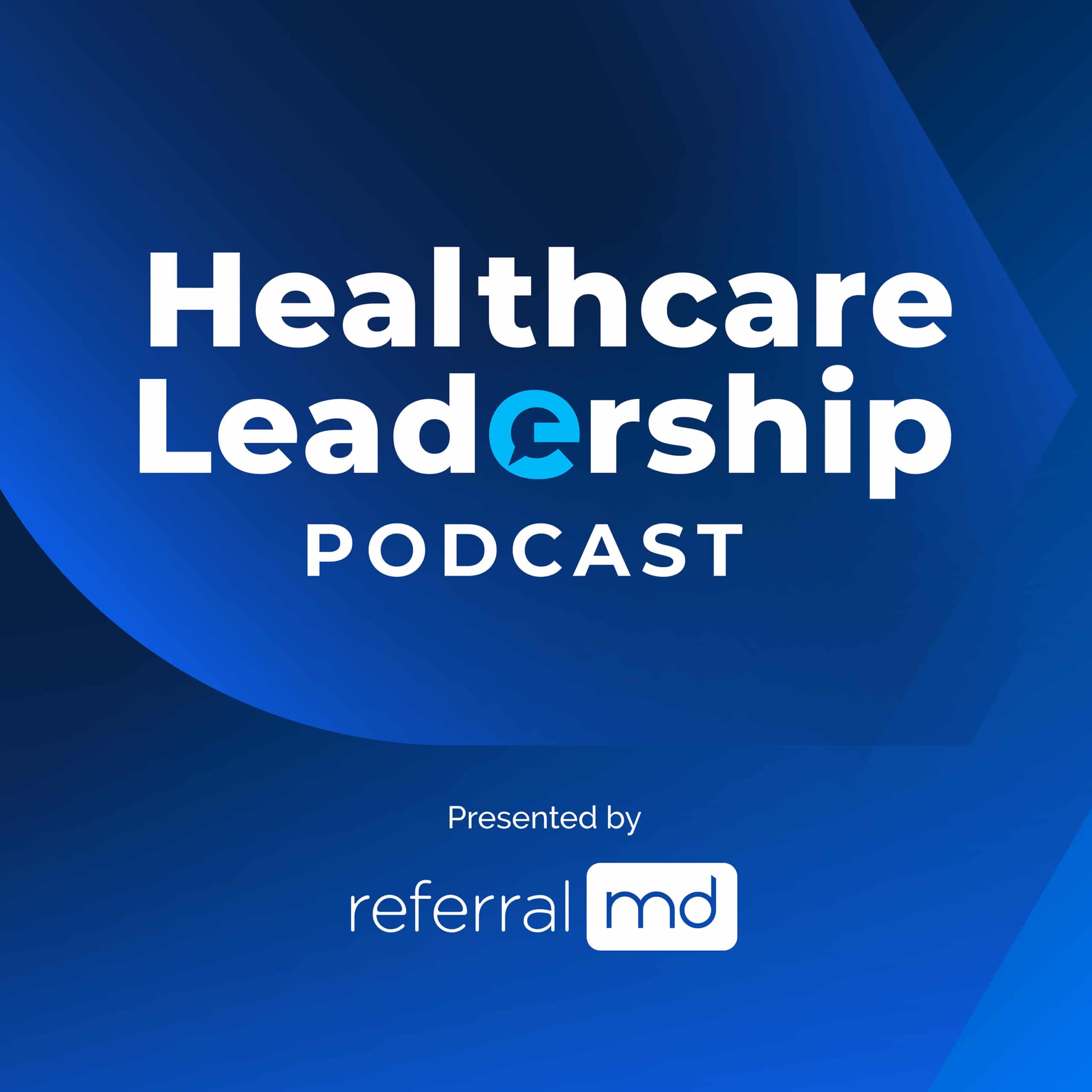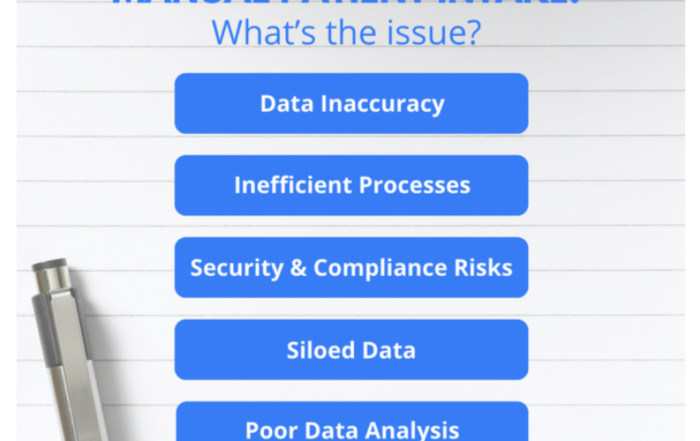Public health issues are one of the most important topics to convey properly in a public announcement. Public health officials are tasked with finding a balance between not inducing panic yet stressing the importance of a public health announcement. Whether illness outbreaks are on minor or mass scales, health officials must closely monitor trends in public health and put them in an economic, social, and political context to quickly address issues and come up with short and long-term plans for treating and preventing further outbreaks. This requires leadership skills and careful communication skills to reach and connect with the public in the best way possible.
Understanding the Crisis
To handle crises delicately, public health officials must understand the gravity of health issues and outbreaks in all of their contexts. This means understanding how each socioeconomic factor can contribute to the spread of each illness and how to prioritize how preventative healthcare is communicated to the variety of audiences to whom it applies. With the extreme range and variety of public opinion regarding diseases and illnesses, finding the most accessible way to address issues to a wide audience can be difficult.
Understanding health crises means understanding that health crises don’t have to fall under the umbrella of disease and illness to be considered a health crisis. According to an article by Rutgers University, “…The 2016 Surgeon General’s Report on Alcohol, Drugs, and Health broke precedent with prior editions of the report and reclassified the entire issue of drug addiction as one that cares providers and doctors, not law enforcement officers, should control most thoroughly.” Widespread sociological issues are recognized as public health crises when they become so saturated that they can no longer be ignored.
Gun violence falls under this classification as well, receiving attention from prominent medical professionals, such as Surgeon General Vivek Murthy, who in an NPR interview in November 2017, stated that the year’s mass shootings constitute a health crisis. Although it is not strictly related to disease or illness, the injury and loss of lives inflicted has become so prevalent that health organizations can’t ignore the impact. While it is unclear what course of action to take, public health officials often work to decrease the prevalence of these issues by increasing awareness about warning signs and other ways to prevent tragedies from occurring.
The jurisdiction of these types of health issues becomes unclear when both legal and medical issues require attention from both parties to come to an effective solution. While a Surgeon General’s report insists that the opioid crisis should be mostly under the control of health providers and doctors, law enforcement and the Drug Enforcement Association are pulled into the situation because laws are used to control the disbursement of controlled drugs. Therefore, when there are widespread opioid issues, many laws are being broken, which directly involves law enforcement and implies a need for a more refined legislature. Health officials and law enforcement must coordinate how they will handle this drug abuse and when medical or law professionals should become involved to facilitate or expedite the processes that follow drug abuse.
Handling Various Crises
Some of the more recent sociological issues to be recognized as public health crises are gun violence, availability of clean water, and opioid addiction. These are multifaceted issues that show upward trends with little signs of stabilizing and have therefore been adopted into the bubble of health crises for public health officials to prioritize. Clean water is taken for granted in most areas of the U.S., where people don’t have to think about the availability and affordability of clean water. However, due to poor infrastructure, water is currently unaffordable for about 12 percent of U.S. households and could rise to 35 percent by 2022.
The role of public health officials here changes because they are no longer dealing with law or with public health but with water infrastructure. The business acumen role of public health officials becomes more prevalent when they must work and communicate with utility companies. To communicate the information they need regarding lead prevalence and the necessary precautions to avoid unsafe water, they must understand the immediate issue. After public health officials receive the details on the circumstances that are endangering public health, they can develop direct action steps that will help reduce the gravity at the root of the problem.
Chronic pain and opioid addiction are other health crises that are not standard disease outbreaks but require immediate attention. Chronic illness and long-term injury are widespread and contribute to the 30 percent of Americans who live with chronic or severe pain. While these issues seem to go hand in hand, they must also be treated independently of each other, as chronic pain goes untreated in a large percentage of patients. However, of 135,000 people who died of an opiate overdose, only 13 percent were chronic pain patients, which suggests that most people who abuse pain medication are not treating chronic pain.
This issue is exacerbated by how the public and even healthcare providers handle the stigma of opioid addiction. Chronic pain patients often allow their pain to go untreated because of the hoops they must jump through and the judgment they face in attempting to treat their chronic pain. There is a disconnect between medical professionals, insurance companies, pharmaceutical companies, and patients that results in many people not receiving the care they need. Public health officials must be aware of these variables to analyze policy that addresses the large range of issues that contribute to public health crises.

Photo by Francisco Venâncio on Unsplash
Public Health Official Role
To effectively fulfill the health official role, public health officials must thoroughly understand the variety of factors that contribute to public health crises and address them in a way that is accessible for their audience. They must also strategize ways to draw the appropriate reaction from the public on these issues. This requires a set of health administrative skills, including communication and relationship management abilities, leadership skills, technical proficiencies, and business acumen. These skills help to appropriately convey difficult information to members of the public with tact and in a way that fosters trust. Public health officials need to promote their credibility and nurture their public image to build connections with other administrators and the public.
Communicating with the public involves addressing public health issues and being transparent when something has gone wrong with the health department. In December of last year, the Oklahoma State Department of Health faced the largest scandal the state had seen in years when the agency’s director of accountability was fired since the news of 30 million misspent dollars was released. The agency had ignored signs and warnings of overspending and an empty budget for months before they were forced to take action as the news became public. Over 200 hundred employees and several top officials lost their jobs, leaving the DOH shaken and the public highly critical of their actions. Throughout this event, the health department could not pay the insurance premiums of low-income HIV patients, which amounted to $600,000. The DOH typically has a three million dollar budget to cover these costs.
Reports suggest that signs of overspending and budget miscalculations were brought to the state’s attention in July 2017. Yet, the public was not informed of any incident until the media announced it. While there is no sign of embezzlement or other foul play, the main criticism surrounding the health department is for their lack of business acumen in ignoring the warnings of several employees who attempted to address the issue months prior, as well as their lack of transparency with the public on this issue. Those who are in charge of people’s health cannot afford to lose public trust in such a monumental way as it discredits their abilities and can cause further panic among citizens who depend on assistance from the DOH.
Avoiding panic can be difficult when dealing with susceptible and dangerous health topics. People handle frightening news differently, which makes it difficult to convey information in a way that will allay panic but still get across the severity of any given issue. Providing the public with the right amount of information and informing them of your course of action can help them understand the issues at hand and make sure they have the proper reaction to common public health crises like the spread of viruses or diseases.
Especially for slow-onset illnesses or ones that do not present themselves clearly at any point, it can be difficult for individuals to understand what to look for and to track the progression of illnesses without people seeking assistance as soon as they know something is wrong. Therefore, providing information in steps or bullet points can help people remember what to look for as part of a public health crisis. When providing this information, answering questions, the public is likely to have before ending a public health announcement can streamline informing the public.
Misunderstandings contribute to the disbursement of misinformation that can be harmful to public health, which is why it’s important to know how to speak to the public clearly and concisely that limits confusion as much as possible. Public health officials should also be able to analyze healthcare marketing trends to analyze the information they provide and potentially use marketing to spread important public health information to the public. The public health official role is diverse and involved in many industries, which means officials should be well-versed in various healthcare and management topics and skills.
Forms of Communication and Literacy
Here are many different ways to communicate with the public about health issues in the 21st century, including through news outlets, newspaper, radio, social media, and billboards. Choosing the outlet of a public health crisis announcement would depend on the audience you were trying to reach, how timely of an issue it was, and the funds available to make large announcements. However, there are many ways to spread information, and if the information is crucial to the health of a large group of people, it is often easy to spread it.
Informing people about preventative care can be difficult because oftentimes, people do not have the time or resources to worry about potentially becoming ill. However, if preventative care is crucial to reducing the gravity of a public health crisis, getting people to understand how important it is maybe more effective in places like social media, where conversations are easier to foster, and people can make more relevant connections. Understanding the prevalence and gravity of an issue is easier to do in conversation with peers rather than simply seeing something talked about on television.
If social media is the preferred channel for spreading information, sponsoring important health information on sites like Facebook and Instagram can help the information reach many people. Social media is now one of the best places to spread information, as most people today can be found on at least one social media site, and sharing information through these sites is quick and easy. Infographics and other forms of informative media can help people understand what the public health issues are and how they are growing and avoid them altogether if the proper precautions are taken.
News channels, print, and radio are also good ways of circulating information that can help reach individuals who are not on the internet. Most people have access to radio or television, which means that putting the information there will ensure it reaches communities that may not have access to more advanced forms of technology like laptops and smartphones. Making public health announcements in print is also a good way to leave an official paper trail of when certain issues were first addressed and help track time and new information. If it seems that certain public health issues are more prominent to younger or older age groups, demographic information can be used to determine which outlet should be dedicated the most energy.
When informing the public on public health issues, it’s important to consider the audience’s diversity and make the information easy to understand for all parties. The type of verbiage used can play a large factor in making information accessible to various demographics. Studies show that the general public reads at about an eighth-grade reading level, which means that press releases and posts regarding public health should be maintained to ensure most people can understand the information. If the issues are complicated without larger verbiage, it helps to provide photos and other kinds of media to help increase understanding.
It’s also important that if the information applies to many people, there are translators available to help produce the information in additional languages. While many people can understand some English, health information can quickly become confusing and complicated, even if it is in your native language, which means it will be that much more difficult to understand for a Spanish-speaking population. It is the job of public health officials to be inclusive when considering the public and to make conscious decisions about the ways information is conveyed.
The World Health Organization is a shining example of an organization that communicates very well with the public. They are an audience that provides a lot of important information to a wide audience, reflected in their website. The information is available in various languages, including Chinese, Arabic, French, Spanish, and Russian. Various countries organize their website, health topics, emergencies, and press releases, making the information easy to navigate.
Takeaways:
- It is necessary to understand the extent of the crisis before conducting any kind of press release or conference. If there is no information, the issue is crucial. Let the public know that you are doing everything you can to gather more information. If there is a lot of information on the issue, speak to experts and learn everything about the problem, so you are well equipped to discuss it.
- Handling a variety of crises involves understanding the social factors that create each crisis. It’s important to understand that many different kinds of issues apart from disease and illness can constitute a public health issue if people are being harmed. Discussing these issues must be done with the appropriate sensitivity and tact to be understood and taken seriously.
- Communicating with the public does not solely refer to situations regarding public health crises. Any critical situation for the public to know about should be shared to maintain public trust. If there is a problem with your staff or health department, the worst thing you can do is try to hide it. Consult your PR team and submit a transparent press release detailing the issue to foster trust with the public.
- Be inclusive to all members of your audience. As a public health official, it is your role to provide information to all public members, not just the majority of them. Address the public through as many channels as possible, including news outlets, social media, and radio. Provide the information in any language that makes up even a small percentage of the population and use language that is easy to understand for everyone.
Taking the time to craft how delicate information will be released to the public requires a large range of skills that include compassion, business acumen, communication and marketing skills, and a wealth of information surrounding the health industry. It can be difficult to address public health crises, especially during a time of panic or fear, but using communication skills, tact, and information about health trends can help give the public the most important information to reduce the spread and growth of public health crises.












